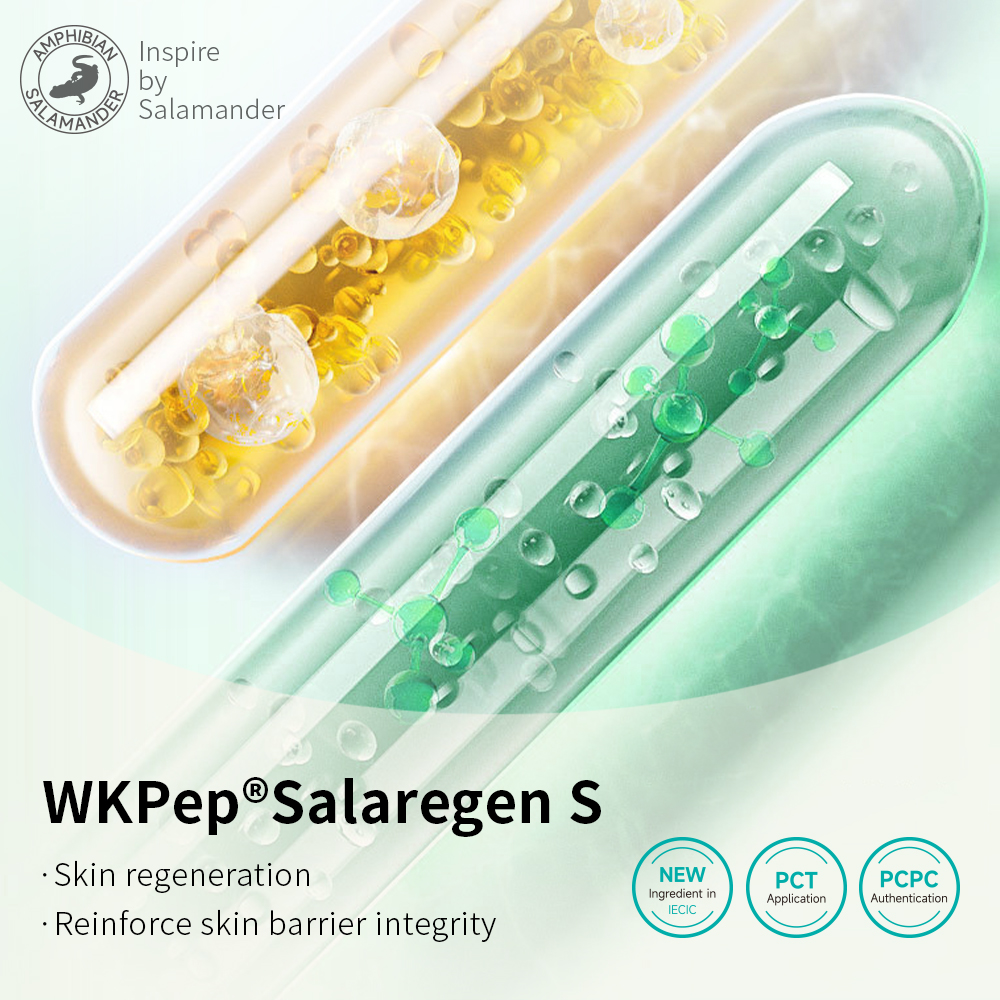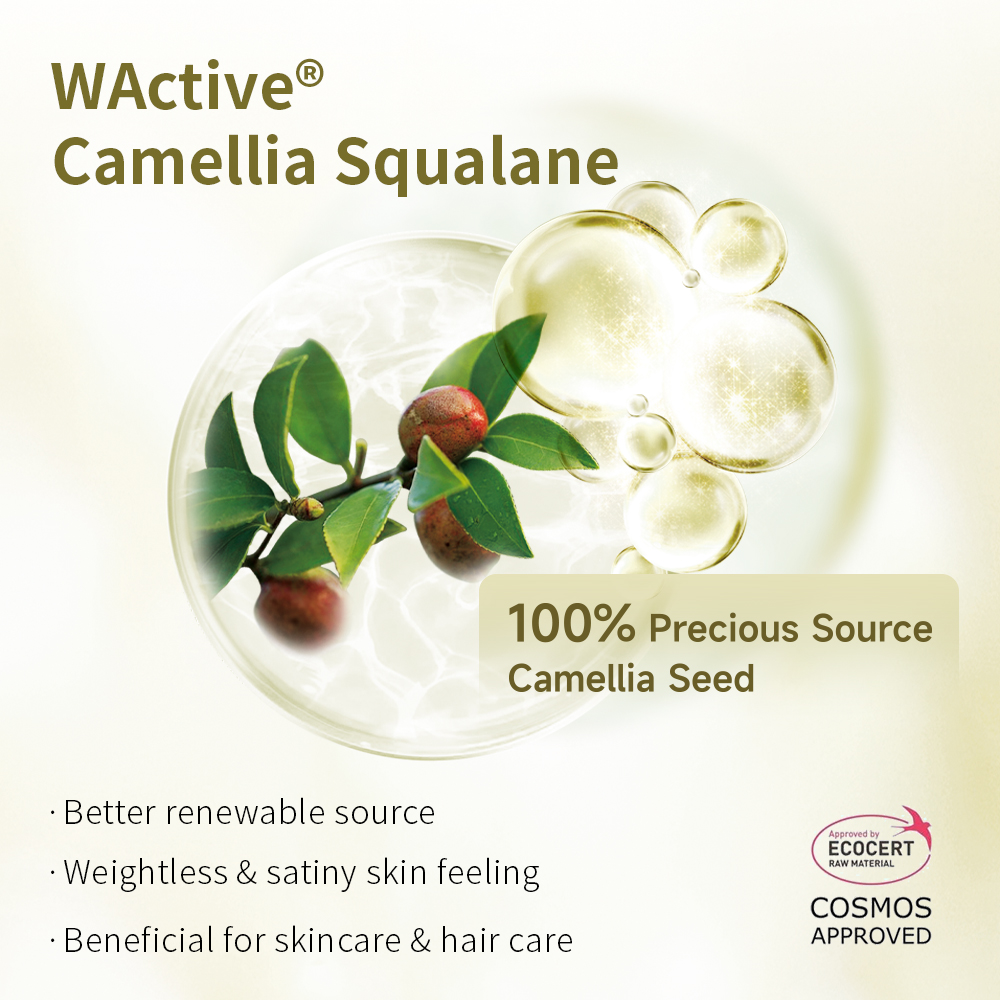About the mysterious salamander
Around 400 million years ago, the first tetrapods began exploring the land during the Devonian period. During this period, they radiated into several branches, including amphibians. Amphibians show highly efficient wound repair up to the point of regeneration of an entire limb or tail in juvenile animals.
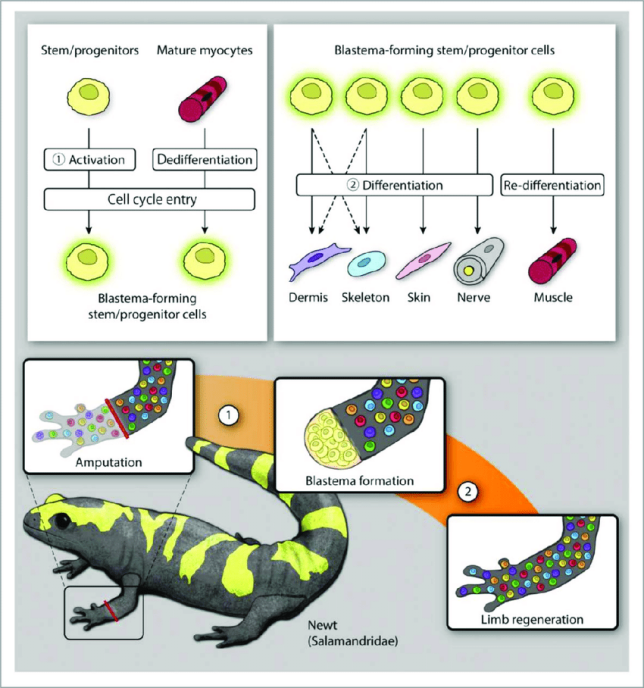
Salamanders are a group of amphibians that have been around for over 160 million years. The name "salamander" comes from the ancient Greek word "salamandra," which means "fire lizard." This is because some species of salamander were believed to be able to withstand fire and even extinguish it with their skin secretions, a myth that has been debunked.
Among the amphibians, salamanders exhibit the widest range of regenerative capacity, with an impressive ability to regrow tissues, organs, and whole body parts. This ability has fascinated scientists for centuries, since the Enlightenment, researchers have discovered that salamanders can regenerate a wide range of tissues and organs, including limbs, spinal cords, hearts, and eyes.
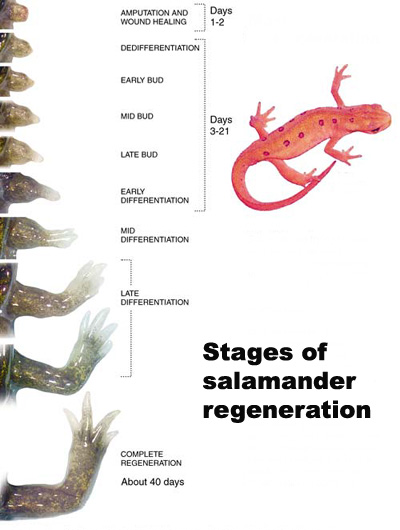
Due to its remarkable ability, it may be a source of potential wound-healing-promoting compounds. Winkey, in cooperation with the KUNMING INSTITUTE OF ZOOLOGY.CAS, has been constantly looking for a substance from salamander that has unexpected skin repairing and rejuvenating effects.
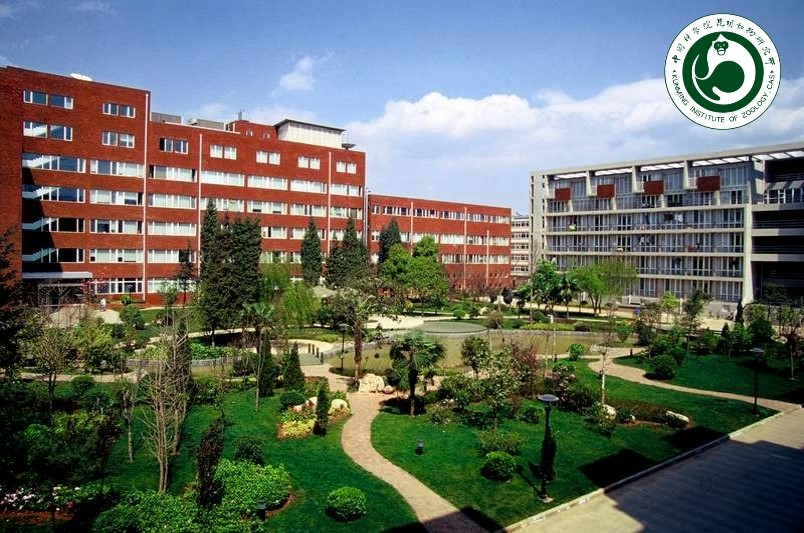
A significant renewal potential peptide
Our discovery revealed a “native” peptide that exhibit strong renewal potential from the skin of a salamander. After sequence analysis of the peptide, it was then synthesized by chemical synthesis and tested for efficacy as well as safety. However, due to various problems such as instability and immunogenicity, it cannot be directly used on the skin.
To solve the unpleasant problems, the peptide was subject to structure modification and optimization in combination with state-of-the-art drug development techniques. Finally, we successfully developed and synthesized a new type of modified peptide with a stable structure, remarkable effect, and guaranteed safety.
Benefits of WKPep® Salaregen S
Strengthen skin barrier structural integrity, strengthen its function, maintain skin health.
Anti-inflammation, improve the red spot and soothing skin.
Skin rejuvenation, prevent premature signs of aging.
What is the skin barrier?
The skin barrier actually is a a brick-and-mortar structure, which comprises of corneocytes that are surrounded by lipids. Corneocytes is the terminally differentiated, dead keratinocytes. The process of cornification is that keratinocytes move from a proliferative cell type in the basal cell layer of the epidermis through the granular layer where the cornified envelope is formed, to an association of flattened, dead cell remnants in the cornified layer. The cornified envelope replaces the plasma membrane of corneocytes and consists of keratins, filaggrin and a series of other structural proteins, including involcrin, loricrin and filaggrin, which work together to create a tough, protective barrier.
Reinforce the skin barrier
Loricrin and filaggrin are two key proteins that contribute to the structural integrity of the stratum corneum. Loricrin forms a dense network of fibers within the cornified envelope, increasing the strength and stability. Filaggrin binds keratin fibers together, which helps to maintain the structural integrity of the stratum corneum. Natural moisturizing factor (NMF) is formed from filaggrin proteolysis to small, hygroscopic molecules including amino acids, which responsibles for water retention in the stratum corneum. The application of WKPep® Salaregen S stimulate the synthesis of these proteins and other components, leading to improvements in skin barrier function.

The brick-and-mortar concept & Composition of cornified cell envelope

